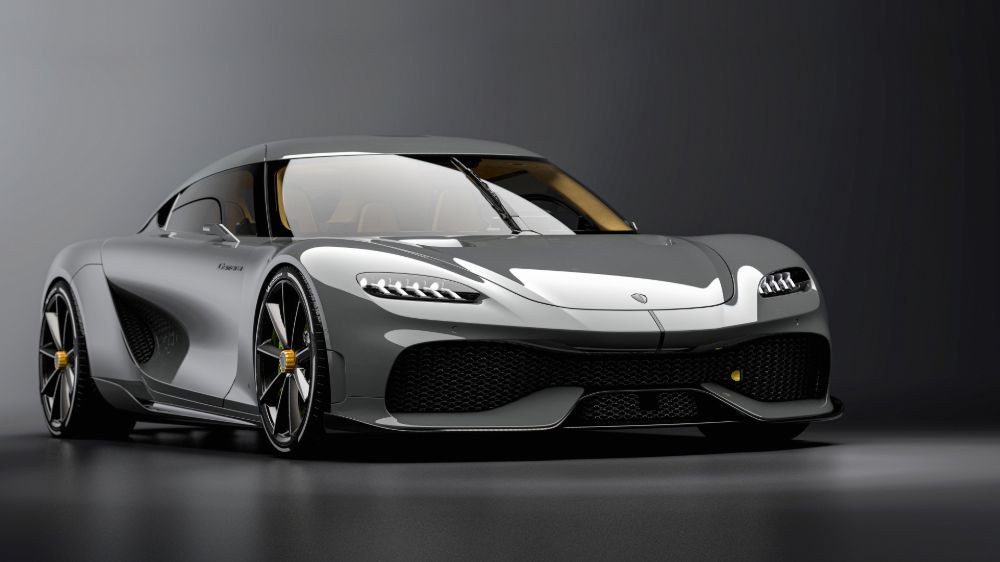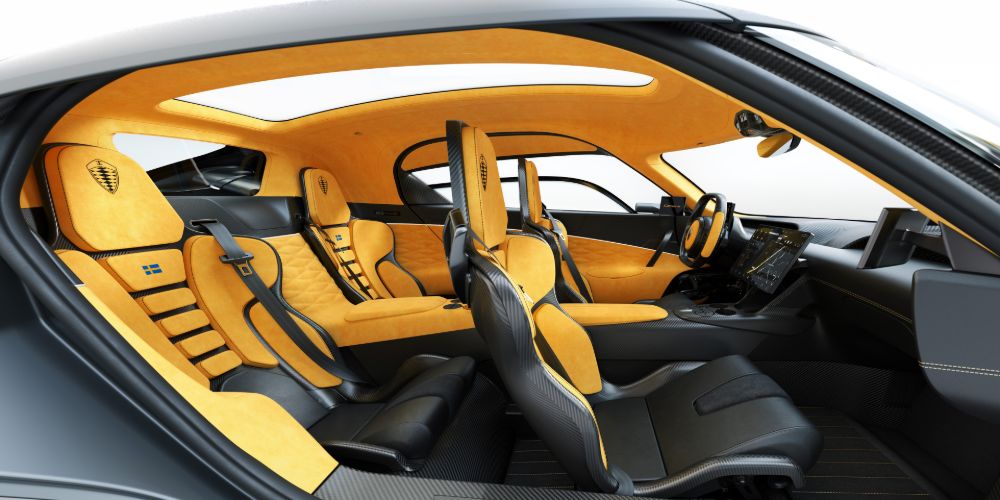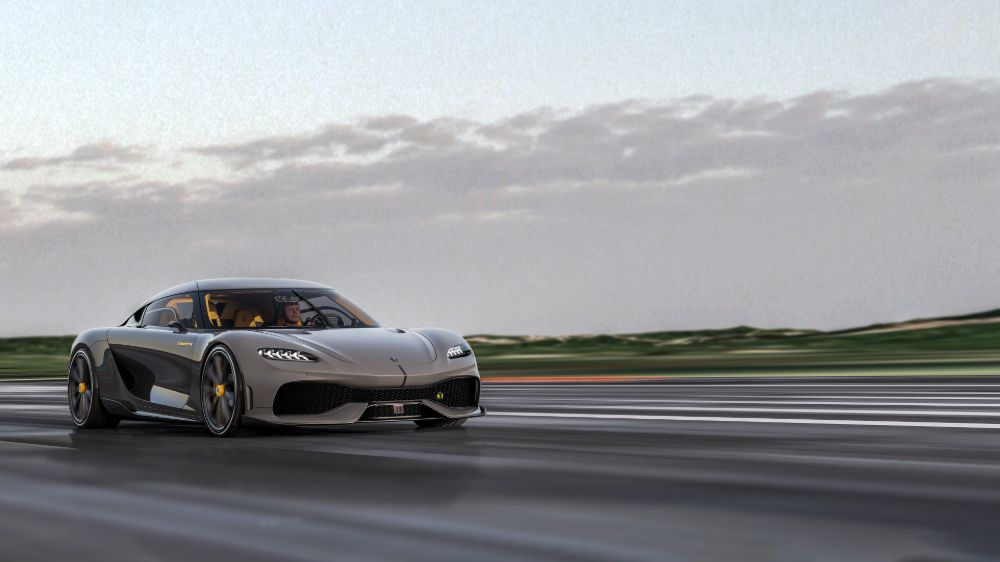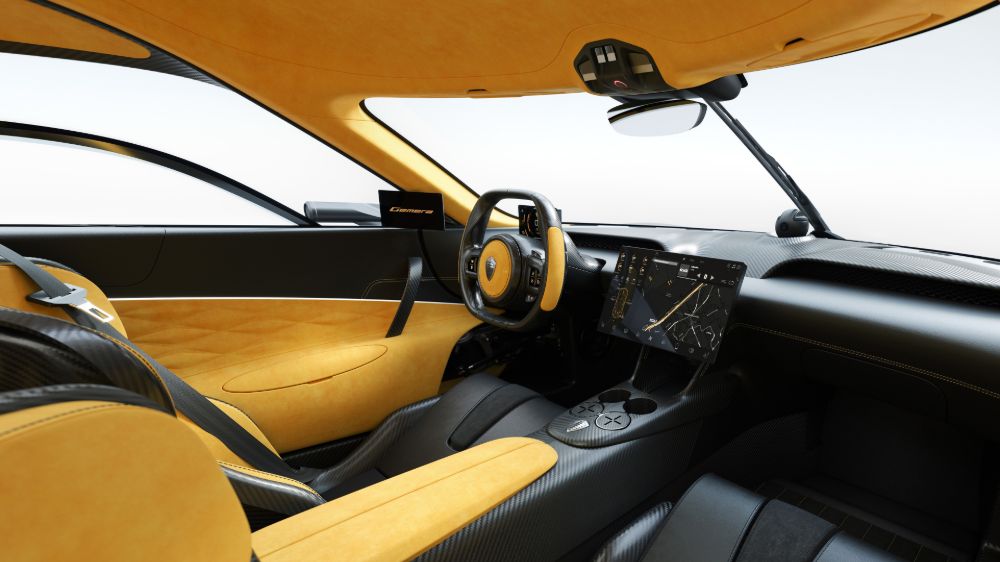How Does the Koenigsegg Gemera Make 600 Horsepower From 3 Cylinders?
There’s nobody on YouTube better qualified to explain the Gemera’s myriad technological triumphs.
In this age of electrification and efficiency, sports cars are much more complicated than they once were. Thankfully, we’ve got Engineering Explained’s Jason Fenske here to help us navigate this strange new world.
Koenigsegg’s newest machine, the Gemera, is unlike anything the small Swedish company has ever produced. It’s the company’s first-ever four-seat car, for one. It’s also powered by a three-cylinder engine, another company first.

This isn’t some economical people-mover, though. The Gemera, like all Koenigseggs, is incredibly powerful and brutally fast. Supplementing the three-cylinder gas engine is a pair of electric motors. Each of those motors is good for a whopping 500 horsepower.
The 2.0 liter three-cylinder powerplant wedged in between those two electric motors has been dubbed the TFG, or “Tiny Friendly Giant.” True to its name, it produces 600 horsepower despite its small size. As Fenske explains, “It’s the world’s most powerful three-cylinder engine that is also road emissions compliant.”

The Gemera employs a sophisticated all-wheel-drive system, another Koenigsegg first. There are wet clutches at all four corners, allowing for torque vectoring during high-performance maneuvers. It also allows the car to cruise along as a front-wheel-drive only for efficiency’s sake.
The battery pack has a paltry 31-mile range on electric power only. However, the battery is recharged by regenerative braking. Total range, including the TFG, is a far more impressive 620 or so miles.
Prodigious Power and Torque
Fenske goes into far more detail about just how Koenigsegg managed to get 600 horsepower out of such a small engine. There’s a lot more going on than we can cover here, so you should watch the video. The beauty of the Engineering Explained channel is how great Fenske is at explaining difficult engineering concepts to laymen gearheads like us.

We’ll definitely capture a few highlights, though. For one thing, the TFG eschews camshafts in favor of pneumatic valve actuators. This allows for even more precise control of air and fuel – Fenske states that “Koenigsegg can independently vary duration while simultaneously varying valve lift.”
Fenske also dives deep into the rest of the drivetrain. The drivetrain uses low gear ratios for efficiency, combined with a hydraulic coupling that multiples torque twofold. The end result? As Fenske explains, “Crazy high wheel torque, with a very high top speed.”

Realistically, the Gemera — and all of its wildly complicated technology — is solidly out of our financial reach. However, as time marches on, many of these technologies will work their way into regular cars and trucks. The future looks pretty exciting to us.
Photos: Koenigsegg
